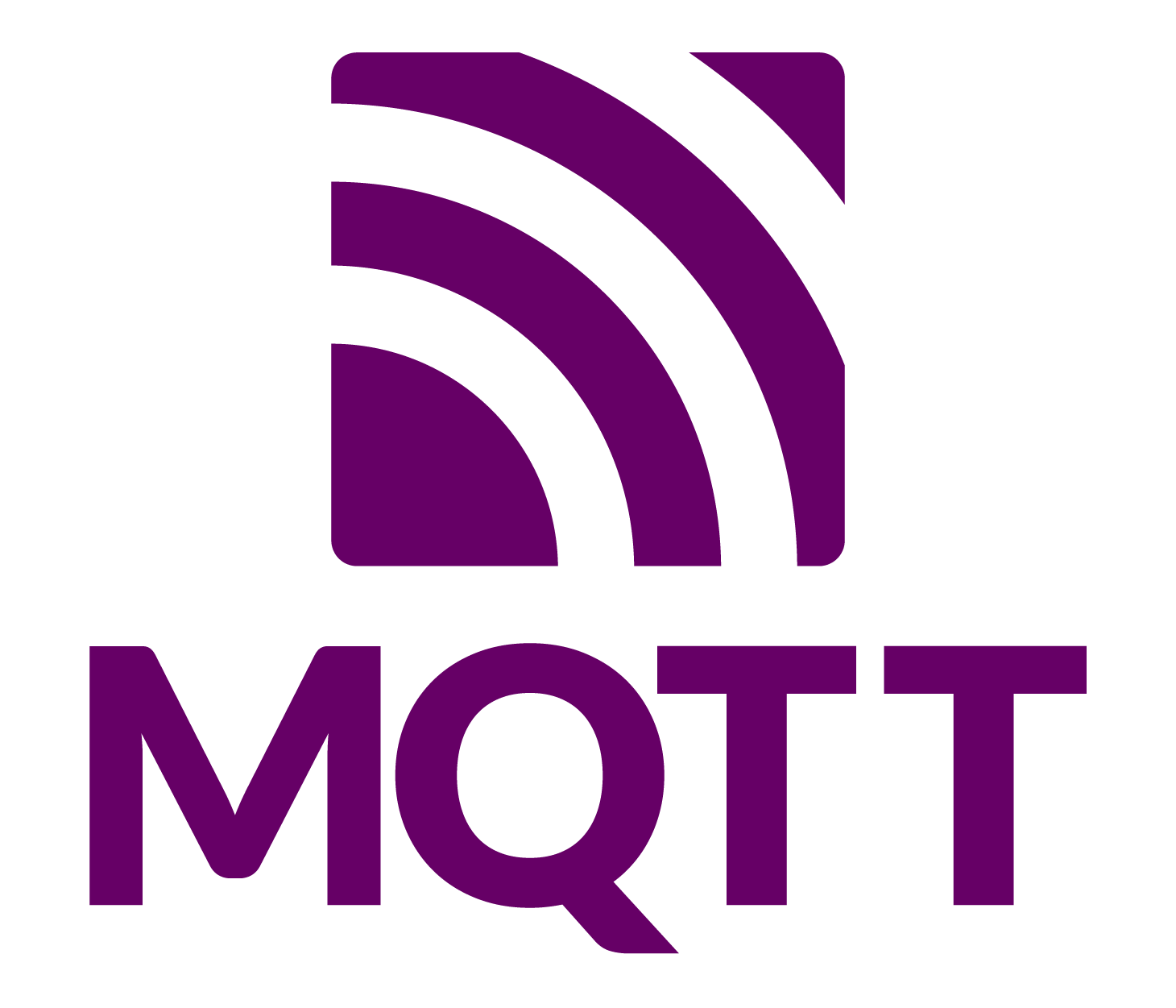Message Queuing Telemetry Transport (MQTT) is a lightweight, publish-subscribe messaging protocol that is widely used in the Internet of Things (IoT) and machine-to-machine (M2M) communication. In this article, we will provide an overview of MQTT, including its history, characteristics, and uses.
The History of MQTT
MQTT was first developed by Dr. Andy Stanford-Clark of IBM and Arlen Nipper of Arcom (now Eurotech) in 1999, in response to the need for a messaging protocol that could be used in remote and low-bandwidth environments. The protocol was initially designed for use in the oil and gas industry, where low-bandwidth, high-latency communication networks were common. In 2013, Protocol was released as an open standard by the Organization for the Advancement of Structured Information Standards (OASIS).
Characteristics of MQTT
MQTT is a lightweight messaging protocol that is designed to be used in remote and low-bandwidth environments. The protocol uses a publish-subscribe model, where messages are published to a central broker and then delivered to one or more subscribers. It is designed to be simple and easy to implement, with a small code footprint that makes it ideal for use in embedded systems and other resource-constrained environments. MQTT is also designed to be secure, with support for authentication and encryption.
Uses of MQTT
MQTT is widely used in the IoT and M2M communication, where it is used to facilitate communication between devices and sensors. MQTT is particularly well-suited to applications where low-bandwidth, high-latency communication networks are common, such as in the oil and gas industry, agriculture, and transportation. MQTT is also used in home automation, where it is used to connect smart devices to a central hub or server. Additionally, it is used in industrial automation, where it is used to control and monitor machines and processes.
In recent years, the use of Message Queuing Telemetry Transport has become increasingly popular in industrial automation, particularly for Programmable Logic Controllers (PLCs). MQTT is a lightweight messaging protocol that is well-suited to the low-bandwidth, high-latency communication networks common in industrial environments. In this article, we will explore the benefits of using MQTT for PLCs and how it can improve industrial automation.
Improved Data Transmission
One of the primary benefits of using MQTT for PLCs is improved data transmission. It uses a publish-subscribe model, where messages are published to a central broker and then delivered to one or more subscribers. This allows for efficient and reliable communication between PLCs, sensors, and other devices, even in remote or low-bandwidth environments. With MQTT, data can be transmitted in real-time, allowing for faster and more accurate decision-making.
Reduced Bandwidth and Storage Requirements
Another advantage of using MQTT for PLCs is reduced bandwidth and storage requirements. Protocol is designed to be lightweight, with a small code footprint that minimizes the amount of bandwidth and storage needed to transmit data. This makes it ideal for use in embedded systems and other resource-constrained environments. With MQTT, PLCs can transmit data without overwhelming the network or requiring large amounts of storage.
Increased Flexibility and Scalability
MQTT also offers increased flexibility and scalability for industrial automation. The protocol is designed to be flexible, allowing for easy integration with a wide range of devices and systems. This makes it possible to connect PLCs to sensors, machines, and other devices from different manufacturers, without the need for proprietary protocols or complex integration processes. Additionally, It supports a scalable architecture, allowing for the addition of new devices and systems as needed, without requiring major changes to the existing infrastructure.
Enhanced Security
Finally, it offers enhanced security for industrial automation. The protocol includes support for authentication and encryption, allowing for secure communication between devices and systems. This is particularly important in industrial environments, where sensitive data and intellectual property may be at risk. With MQTT, PLCs can transmit data securely, without the risk of data breaches or unauthorized access.
MQTT and Siemens PLC (LMQTT)
Siemens has developed library for communications which includes LMQTT Client. LMQTT examples can be found on Siemens website.
Conclusion
What is MQTT? It is a lightweight messaging protocol that is well-suited to industrial automation, particularly for PLCs. The protocol offers a range of benefits, including improved data transmission, reduced bandwidth and storage requirements, increased flexibility and scalability, and enhanced security. With MQTT, PLCs can transmit data efficiently, reliably, and secuely, allowing for faster and more accurate decision-making in industrial automation. As the use of IoT and M2M communication continues to grow in industrial environments, Protocol is expected to play an increasingly important role in facilitating communication between devices and systems. Protocol is expected to play an increasingly important role in facilitating communication between devices and sensors.
Website with Siemens PLC library: https://support.industry.siemens.com/cs/document/109780503/libraries-for-communication-for-simatic-controllers?dti=0&lc=en-DK
More about Siemens PLC lastes software Tia Portal V18 – release date and what’s new

